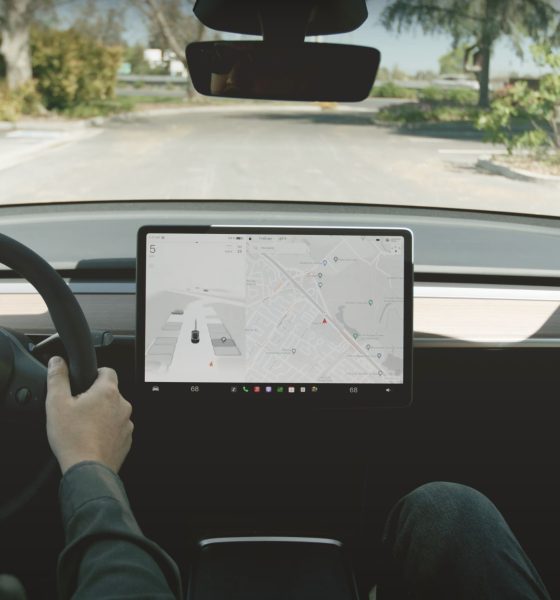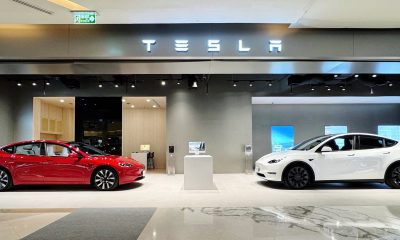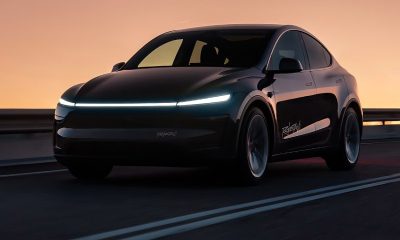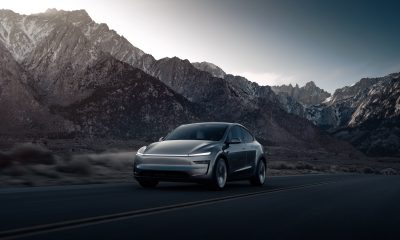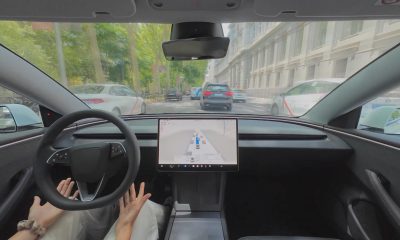China’s electric vehicle sector may be extremely competitive, but it seems that even rivals can be excited for the arrival of new technologies in the market. This was highlighted by Xpeng CEO and Chairman He Xiaopeng, who noted in a post on Weibo that he is personally welcoming Tesla’s Full Self Driving (FSD) to the country.
In his post, the executive noted that if the last decade was a time for new energy vehicles, the new decade would be a decade of smart vehicles. This means that in the coming years, advanced driver-assist systems and perhaps even autonomous driving technologies could become mainstream in China.
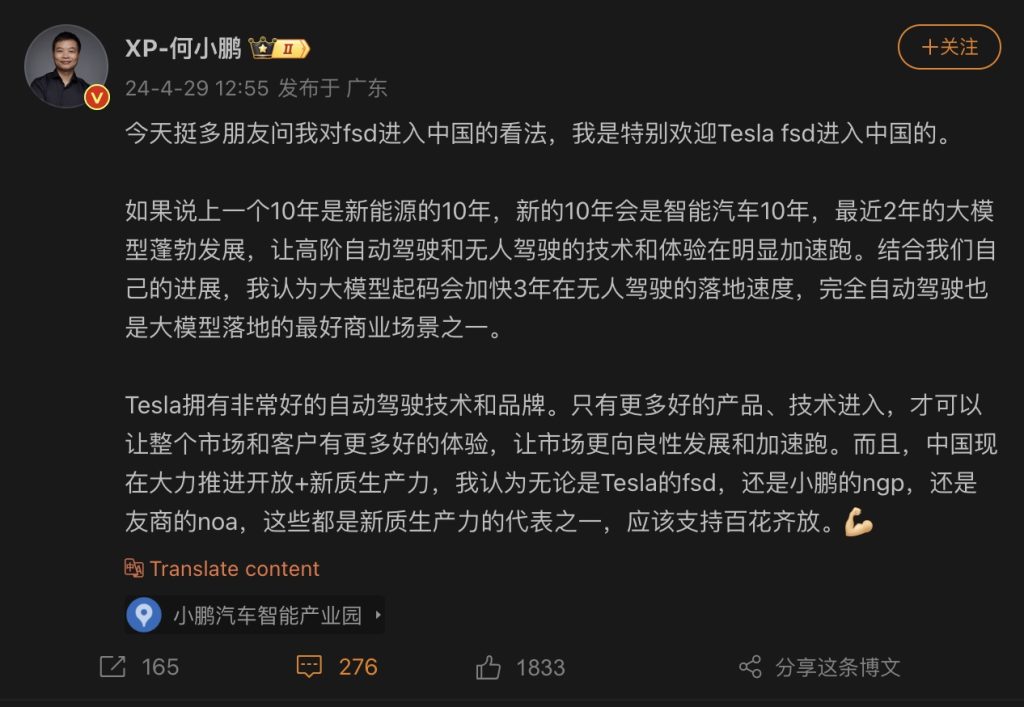
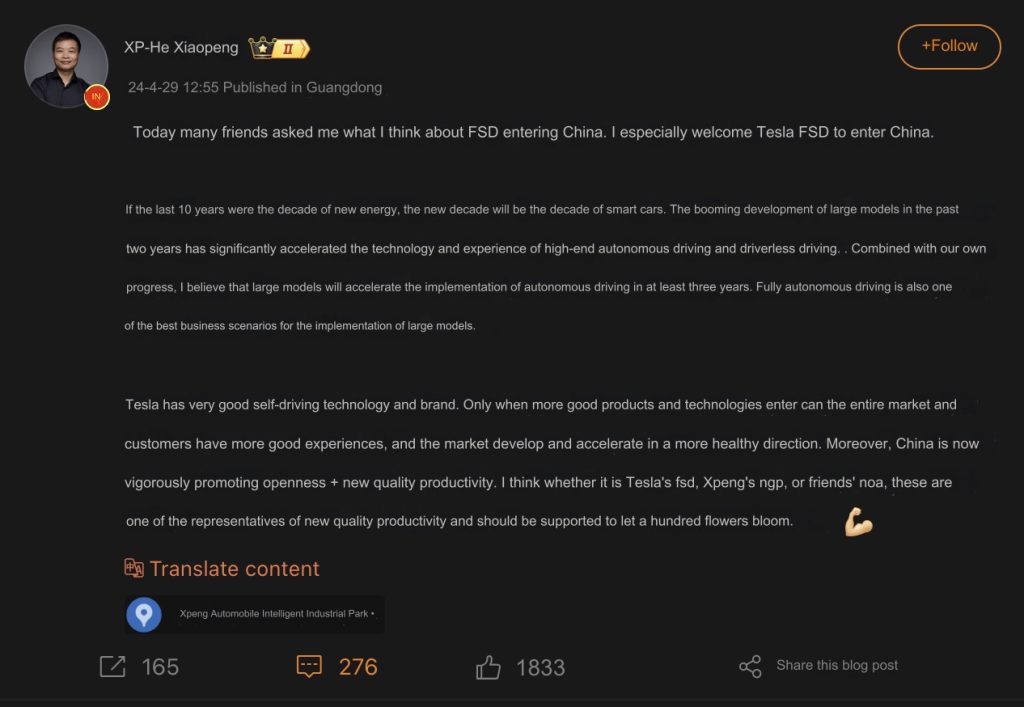
Following is the Xpeng CEO’s post on about FSD.
“Today, many friends asked me what I think about FSD entering China. I especially welcome Tesla FSD to enter China.
“If the last 10 years were the decade of new energy, the new decade will be the decade of smart cars. The booming development of large models in the past two years has significantly accelerated the technology and experience of high-end autonomous driving and driverless driving. Combined with our own progress, I believe that large models will accelerate the implementation of autonomous driving in at least three years. Fully autonomous driving is also one of the best business scenarios for the implementation of large models.
“Tesla has very good self-driving technology and brand. Only when more good products and technologies enter can the entire market and customers have more good experiences, and the market develop and accelerate in a more healthy direction. Moreover, China is now vigorously promoting openness + new quality productivity. I think whether it is Tesla’s FSD, Xpeng’s NGP, or friends’ NOA, these are one of the representatives of new quality productivity and should be supported to let a hundred flowers bloom,” the Xpeng CEO wrote.
Amidst news of Elon Musk’s visit to Beijing this past weekend, reports emerged stating that Tesla had secured a deal with Baidu for navigation and mapping data. Tesla also cleared data security and processing requirements in China, as per the China Association of Automobile Manufacturers. These developments suggested that FSD may be coming to China in the near future.
Tesla China, for its part, has only noted that “there is currently no timetable for FSD to enter China.” As noted in a CNEV Post report, however, industry watchers have observed that Tesla’s FSD purchase page in China has received a rather subtle update. Unlike before, when the advanced driver-assist suite was listed as “Coming Later,” FSD has now been updated to “Coming Soon.”
Don’t hesitate to contact us with news tips. Just send a message to simon@teslarati.com to give us a heads up.
News
Tesla adjusts Online Design Studio for easier trade-in process
Tesla has a great trade-in program that allows you to give the company your vehicle in exchange for cash, even if it’s not an EV. Their trades are mostly fair, but the company seems to undervalue its own vehicles, and there have been plenty of complaints over offers in the past.
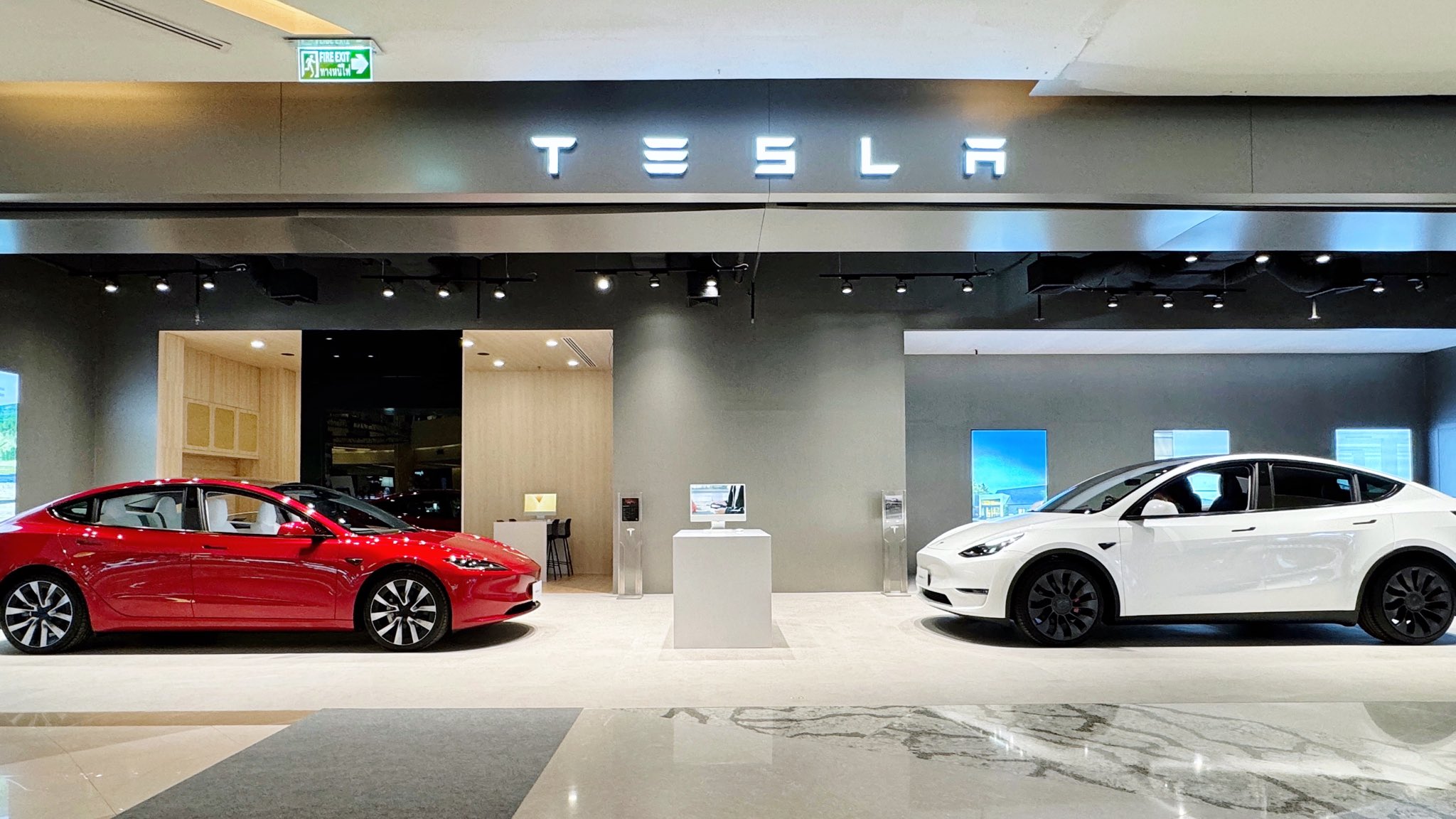
Tesla has adjusted its Online Design Studio to make for an easier trade-in process, reflecting the details of the exchange for a more accurate reflection of payment terms.
Tesla has a great trade-in program that allows you to give the company your vehicle in exchange for cash, even if it’s not an EV. Their trades are mostly fair, but the company seems to undervalue its own vehicles, and there have been plenty of complaints over offers in the past.
Trade-ins are usually given by submitting vehicle details, then Tesla sends an email with an offer. Offers are non-negotiable, but do adjust over time, although the latest offer is valid for 30 days.
I traded my ICE vehicle for a Tesla Model Y: here’s how it went
Knowing your new Tesla’s cash price, leasing or loan details, and monthly payment information used to be done by the car buyer. From personal experience, I simply subtracted my trade-in from the cash price of the Tesla Model Y, and I plugged those numbers into the payment calculator.
Now, Tesla is implementing the trade-in process directly into the Design Studio. It will adjust the price of the car and the different monthly payment methods automatically:
Trade-in estimates available directly on our configurator in few states including CA, will cover all of US and Canada next week.
For loyalty customers, if their trade-in VIN is eligible for any loyalty credit, the same will be applied to the estimate. pic.twitter.com/7097vPleMf
— Raj Jegannathan (@r_jegaa) November 8, 2025
The change is already noticed in a handful of states, including California, but it has not rolled out across the board quite yet. It will be implemented in all of the U.S., as well as Canada, this coming week.
The trade-in process is very simple, and after you accept your offer, you simply drop your vehicle off during the delivery process. Making this simple change will be greatly appreciated by owners.
News
Tesla confirms Robotaxi is heading to five new cities in the U.S.
After launching in Austin, Texas, in late June and the Bay Area of California just a few weeks later, Tesla has been attempting to expand its Robotaxi suite to new states and cities in the U.S., and even outside of the country.
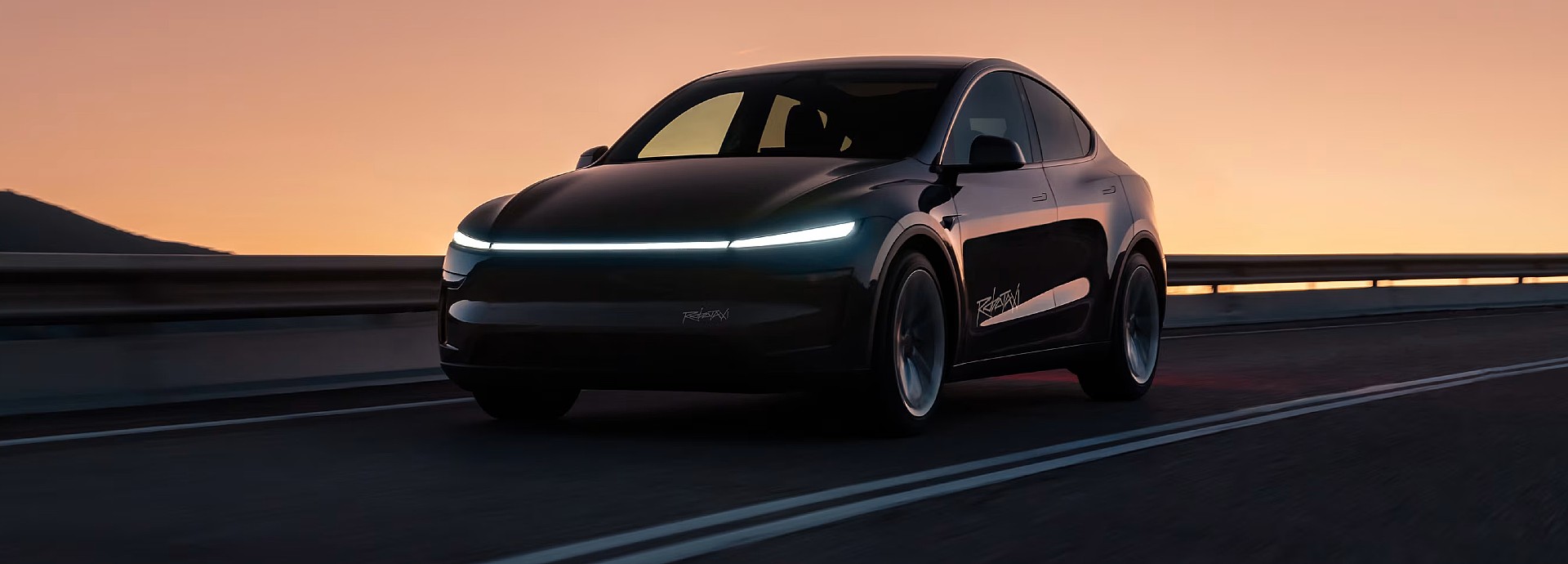
Tesla Robotaxi will hit five new cities in the United States in the coming months, the company confirmed.
After launching in Austin, Texas, in late June and the Bay Area of California just a few weeks later, Tesla has been attempting to expand its Robotaxi suite to new states and cities in the U.S., and even outside of the country.
The Robotaxi suite is a ride-hailing service Tesla offers, but the details of it change with each jurisdiction, as regulations vary. For example, in Austin, Tesla can operate the Robotaxi suite without anyone in the driver’s seat, as long as the vehicle does not enter a freeway.
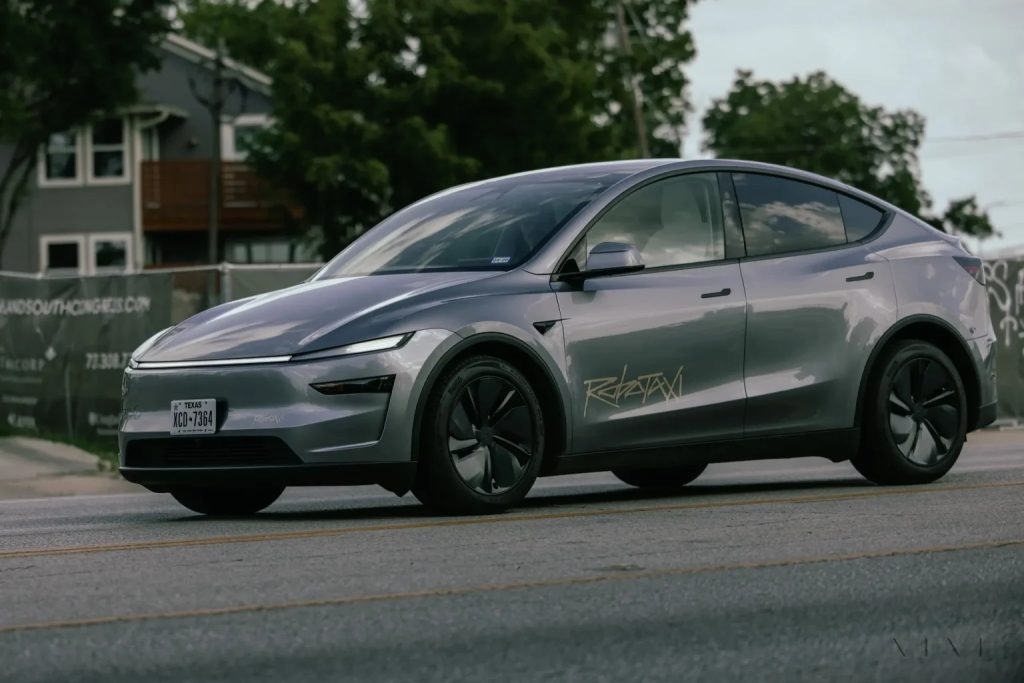
Credit: Tesla
In the Bay Area, a Safety Monitor rides in the driver’s seat, essentially acting as the vehicle operator with Full Self-Driving controlling the car.
The local regulations and how Tesla handles them will continue to be a relevant part of the discussion, especially as the company aims to expand the Robotaxi program to different areas. This has been a primary focus of the company for several months, especially within the United States.
CEO Elon Musk said that Tesla was aiming to launch Robotaxi in Nevada, Arizona, and Florida. However, the company detailed five specific cities where it will launch Robotaxi next during the Annual Shareholder Meeting on Thursday.
Tesla will launch Robotaxi in Las Vegas, Phoenix, Dallas, Houston, and Miami next, broadening its Service Area for the suite to more major cities across the U.S.
It has said it plans to offer the service to half of the U.S. population by the end of the year, but it does not seem as if it will expand to more than a handful of cities this year, which is still tremendous progress, all things considered.
As far as autonomy is concerned, Tesla has always had lofty expectations and has made some even loftier statements.
At the Shareholder Meeting, Musk said that the company would likely be able to enable vehicle owners to text while the vehicle drives, alleviating them from potentially having some of the responsibility they have behind the wheel.
Tesla says texting and driving capability is coming ‘in a month or two’
It is not confirmed that Tesla will roll this out in the next few months, but Musk said there is a possibility.
News
Tesla launches another new Model Y trim at a bargain price with massive range
It is the second most-affordable Model Y trim level in China, trailing the base Rear-Wheel-Drive and coming in under the All-Wheel-Drive.
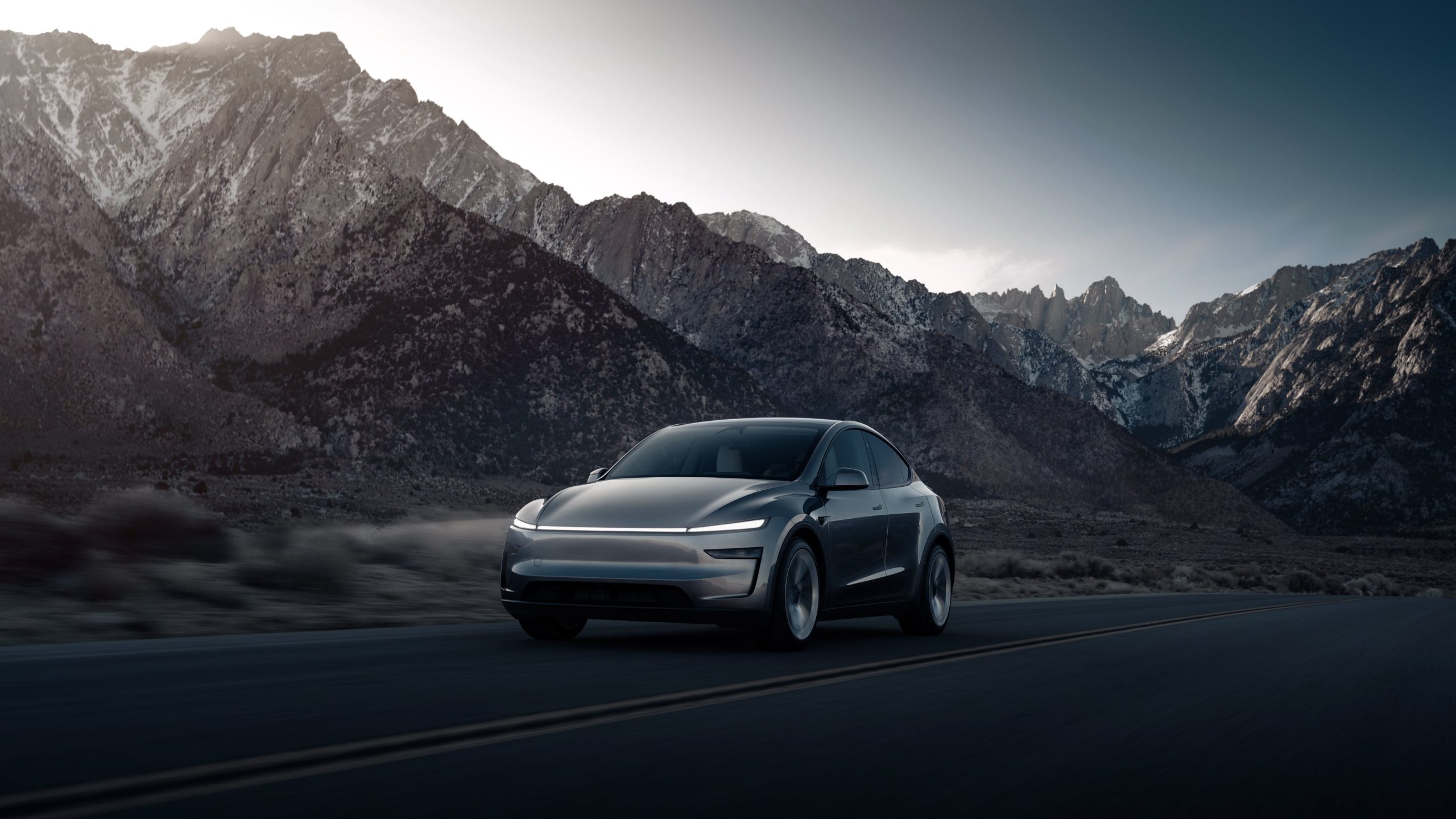
Tesla has launched yet another new Model Y trim level, but this time it is in China, and it is at a bargain price.
It also has an insane range rating.
On Friday, Tesla launched the new Model Y Long Range Rear-Wheel-Drive in China, priced at 288,500 yuan ($40,500), an incredible deal considering it is not a stripped-down version of the vehicle like the Model Y Standard.
🚨🚨 Tesla’s new China-launched Model Y LR RWD offers 821 km (510 miles) CLTC range with 78.4 kWh CATL battery, beating AWD’s 750 km.
At 288,500 yuan ($40,500 USD), it fits between base RWD (593 km, 263,500 yuan) and AWD (313,500 yuan) for affordable long-range EVs.
CLTC… https://t.co/rhKVzvUWlu pic.twitter.com/ZOoelziJ8T
— TESLARATI (@Teslarati) November 8, 2025
It is the second most-affordable Model Y trim level in China, trailing the base Rear-Wheel-Drive and coming in under the All-Wheel-Drive.
The big appeal with this new Model Y trim is obviously its price, but its range rating is also one of the best we’ve seen. Rated at 821 kilometers on the CLTC scale, it converts to 510 miles. It uses a 78.4 kWh CATL battery.
Converted to real-world range, however, that 821-kilometer range rated by the CLTC actually is equivalent to about 357 miles on the EPA scale, which is still a very respectable number and comes in at a higher range than the Long Range All-Wheel-Drive configuration that is available in the U.S.
Tesla has truly brought a wide variety of Model Y trims to the Chinese market, including a new Model Y L configuration that features a slightly longer wheelbase, as well as additional interior features like extended thigh legrests and captain’s chairs with armrests.
It is unclear whether Tesla will bring a Premium Rear-Wheel-Drive option of the Model Y to the U.S., especially as it has already rolled out four configurations of the all-electric crossover in the market. With the new Standard offerings, Tesla will likely keep its lineup as simple as possible.
However, the company has hinted that there is a slim possibility the Model Y L could come to the U.S. sometime late next year, but CEO Elon Musk said that it is not a guarantee.
Tesla is more concerned with self-driving efforts in the U.S., and despite calls from customers for larger vehicles, it does not seem concerned with making them available, at least not for now.
-

 Elon Musk3 days ago
Elon Musk3 days agoTesla teases new AI5 chip that will revolutionize self-driving
-
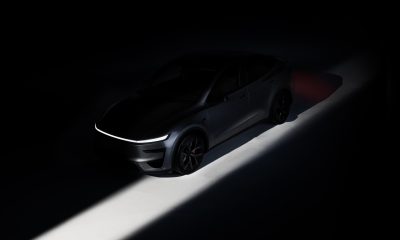
 News13 hours ago
News13 hours agoTesla Model Y Performance set for new market entrance in Q1
-
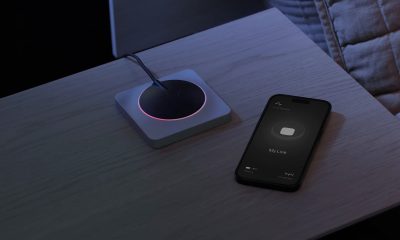
 Elon Musk1 week ago
Elon Musk1 week agoNeuralink’s first patient could receive an upgrade: Elon Musk
-
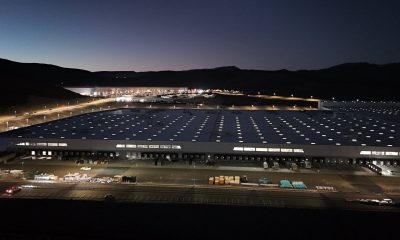
 News1 day ago
News1 day agoTesla shares rare peek at Semi factory’s interior
-
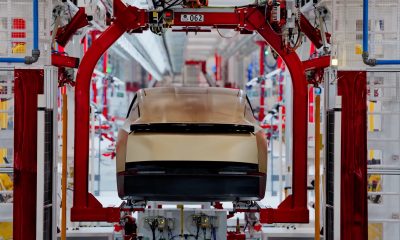
 News1 day ago
News1 day agoTesla Cybercab production starts Q2 2026, Elon Musk confirms
-
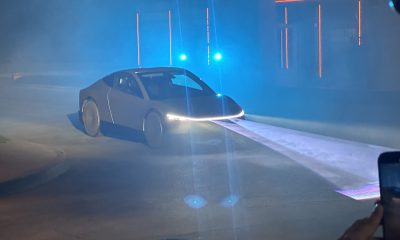
 News1 week ago
News1 week agoTesla Cybercab spotted testing on public roads for the first time
-

 Cybertruck5 days ago
Cybertruck5 days agoTesla Cybertruck fleet takes over at SpaceX’s Starbase
-
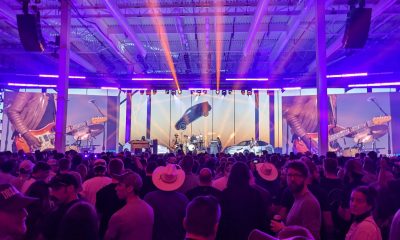
 Elon Musk2 days ago
Elon Musk2 days agoTesla 2025 Annual Shareholder Meeting: How to watch


